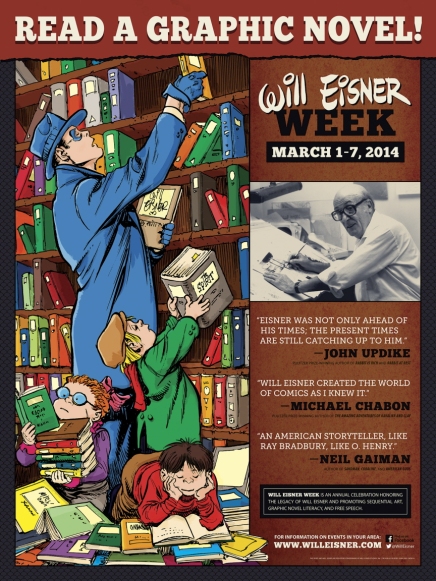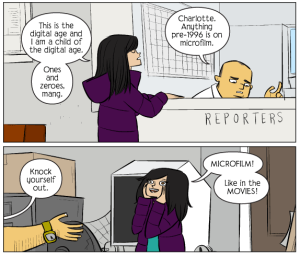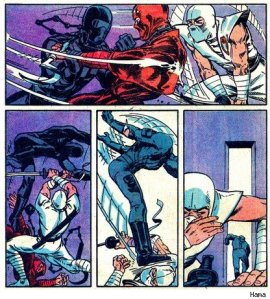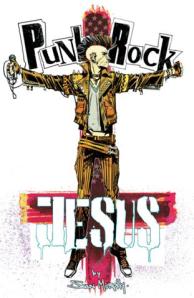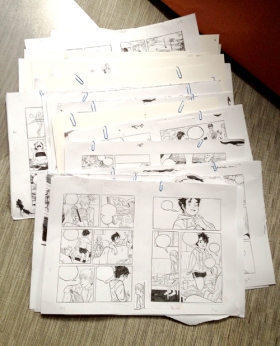I’m a sucker for advice from webcartoonists, and promoting your product isn’t something you hear much about, but John Allison of Scary go Round / Bad Machinery fame recently weighed in on the matter briefly;
The best way to get your work popular is to do good work, do a lot of it, and win people over with the force of your lovely personality. If your comics are no good, it doesn’t matter what you do. (source)
That’s sort of the main takeaway from all creative types, including, if you’ll allow this very tenuous segue, Sarah See Andersen, an illustration student posting hilarious autobio Doodle Time comics on Tumblr on the side…
Even more tenuously related, I also enjoyed this Comics Journal interview with cartoonist Simon Hanselmann where he had some interesting things to say about the local Melbourne comics & zine scene and breaking onto the international stage, especially with this bit about Tumblr, his primary platform.
With the internet everything is linked up now. Tumblr is just a big zine faire that never shuts down. (source)

From Life Zone, Copyright Simon Hanselmann
Enjoying his Tumblr, which is a sorta scarily life-like depiction of quarter-life crisis suburban anomie… With a talking owl…
Also gotta shout out to Allison’s current Bad Machinery storyline, which is hurting my head with all the time travel and butterfly-stepping involved… Waiting to see how all the time tampering turns out for our kid detectives… Also Lottie’s reaction to microfilm machines is basically how I felt when I first used one over the summer:
